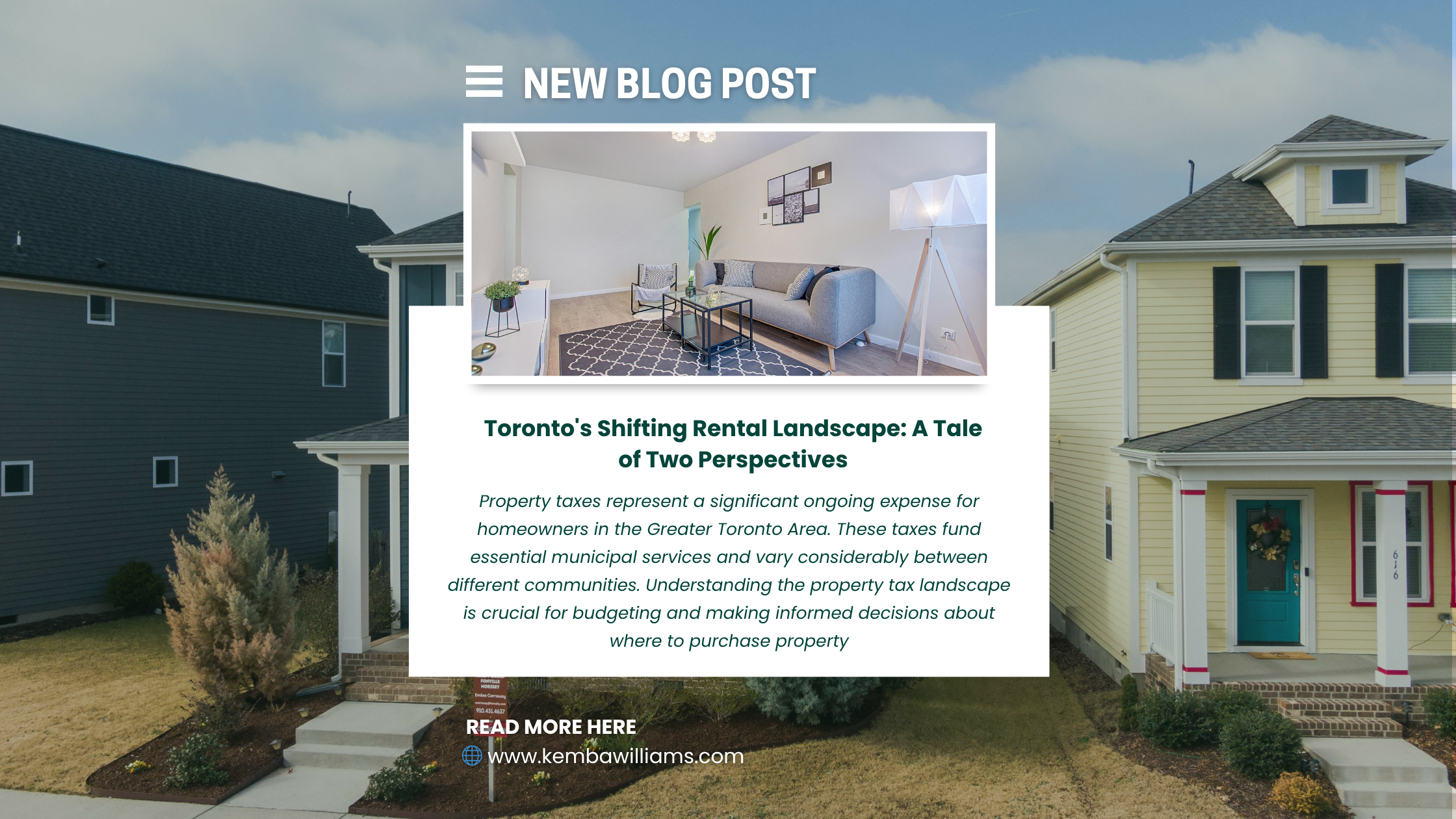Toronto’s Shifting Rental Landscape: A Tale of Two Perspectives
The view from Michael Chen’s 15th-floor Etobicoke condo used to bring him a sense of pride and security. Purchased as an investment property in 2021, the sleek one-bedroom overlooking Humber Bay had been a reliable source of income—until recently.
“I used to have a waiting list of potential tenants,” Michael sighs, gazing out at the Toronto skyline. “Now my unit has been vacant for almost two months, and I’ve had to lower the asking rent twice.”
Michael’s experience isn’t unique. Across Toronto and surrounding communities like Etobicoke, Scarborough, and North York, property owners are facing a rental market that has shifted dramatically in 2025. Vacancy rates have climbed to levels not seen in years, and average rents have declined by 4% year-over-year according to the latest TRREB data.
The Landlord’s Dilemma
For Michael, the changing market has forced difficult decisions. “When I purchased this Etobicoke condo, the numbers made perfect sense. The mortgage was covered with room to spare, and property values were climbing. It felt like a can’t-lose investment.”
Now, with his carrying costs remaining the same while rental income decreases, the math is becoming challenging. “I’ve had to dip into savings to cover the mortgage for the first time,” he admits. “And I’m not alone—half the owners in my building are in the same position.”
The causes of this shift are multifaceted: increased rental supply from completed construction projects, changing immigration patterns, and evolving work-from-home policies that have dispersed demand beyond traditional urban centers.
[Image suggestion: A concerned property owner looking at rental listings on a laptop, with a “For Rent” sign visible]
The Renter’s Reprieve
Across town in a Mimico apartment building, Sophia Rodriguez has a different perspective on the same market.
“For the first time since moving to Toronto, I feel like I have options,” she explains while scrolling through rental listings on her phone. “Last year, I would have had to offer above asking price just to secure a viewing. Now landlords are calling me back, offering incentives, and even negotiating on price.”
Sophia, a graphic designer who moved to Toronto five years ago, has watched her rent climb steadily until this year. “I was paying almost 50% of my income on housing. The recent drop in rents means I can finally breathe a little easier—maybe even save for a down payment someday.”
For renters across Toronto neighborhoods like The Kingsway, Islington-City Centre West, and beyond, the market shift represents a long-awaited correction. Many are using their newfound negotiating power to secure longer leases at favorable rates, locking in the benefits of this renter-friendly market.
[Image suggestion: A smiling renter being handed keys to a new apartment with moving boxes in the background]
Market Realities and Future Outlook
The data tells a compelling story: average one-bedroom rents in Toronto have fallen to $2,343 in Q1 2025, down 4% from the same period last year. Vacancy rates in purpose-built rental apartments have increased from below 1% to nearly 5% in some areas.
For investors like Michael, this presents both challenges and opportunities. “I’m looking at this as a market correction, not a collapse,” he reflects. “Toronto’s fundamentals remain strong—world-class universities, diverse economy, cultural attractions. The rental market will eventually stabilize, but probably at a new equilibrium.”
Real estate experts tend to agree. While the days of guaranteed double-digit returns may be over, the long-term investment potential in Toronto’s rental market remains positive for those who can weather the current adjustment period.
For renters like Sophia, the advice is clear: “This is the time to secure favorable terms,” she says. “I’ve just signed a two-year lease with a minimal increase clause. Who knows where the market will be in 2027?”
Finding Your Path in Today’s Market
Whether you’re a property owner in Etobicoke facing vacancy challenges, a potential investor considering the Mississauga condo market, or a renter looking to take advantage of favorable conditions in Scarborough or Brampton, navigating today’s rental landscape requires expert guidance.
As a real estate professional specializing in Toronto and surrounding communities, I work with both property owners and renters to find solutions in this changing market. For landlords, this might mean strategic pricing, property improvements, or portfolio diversification. For renters, it could involve negotiation strategies or long-term planning toward homeownership.
Are you a property owner concerned about investment returns in today’s market? Looking to buy your first investment property in Etobicoke or North York? Or perhaps you’re a renter wondering how to leverage current conditions to improve your housing situation? Contact me today for a personalized consultation.
For Landlords and Investors: Let’s discuss rental property management strategies, Etobicoke investment opportunities, or Toronto commercial real estate options that make sense in today’s market.
For Renters and Homebuyers: Whether you’re looking for Etobicoke homes for sale, affordable rentals in North York, or guidance on your path to homeownership, I’m here to help.
The rental market may be changing, but with the right approach, both property owners and renters can find their way forward. Let’s navigate this new landscape together.
